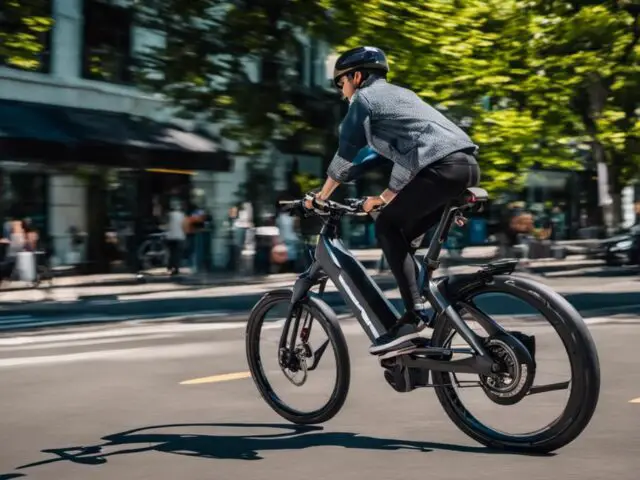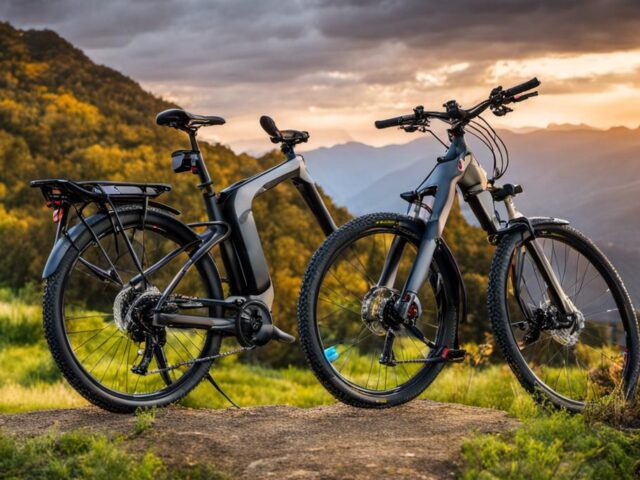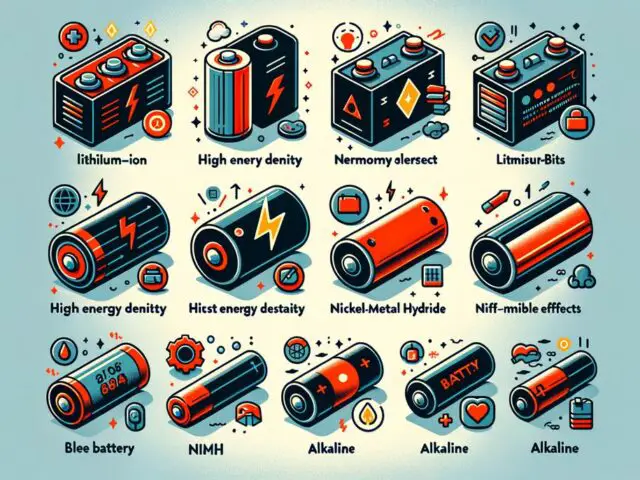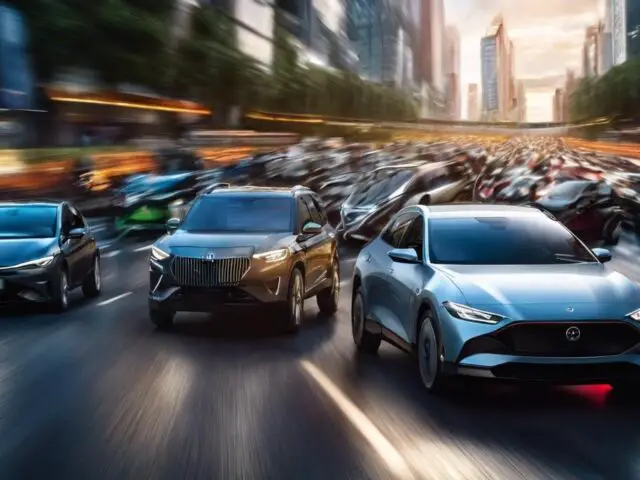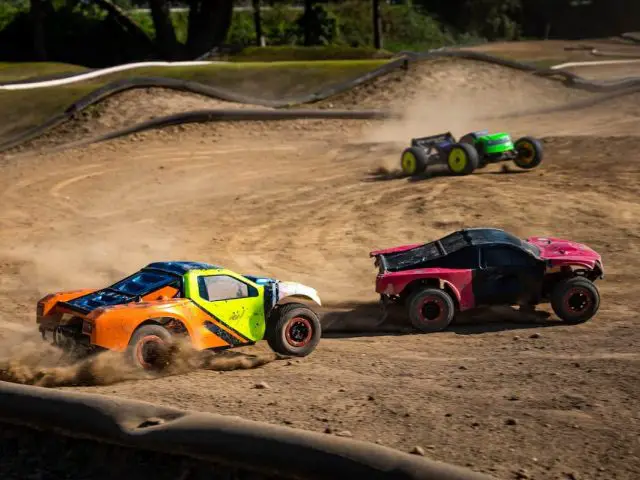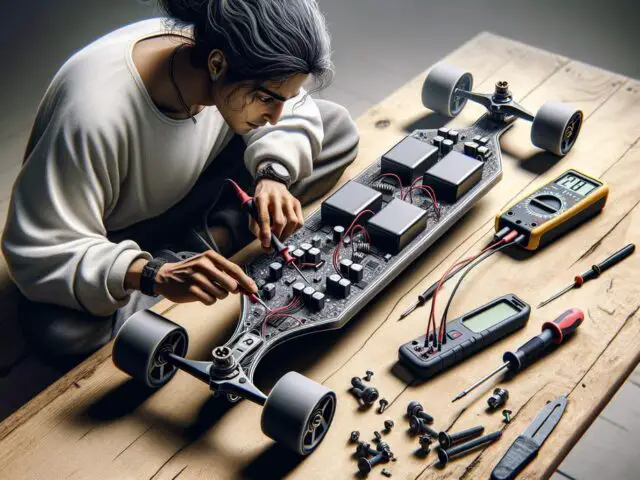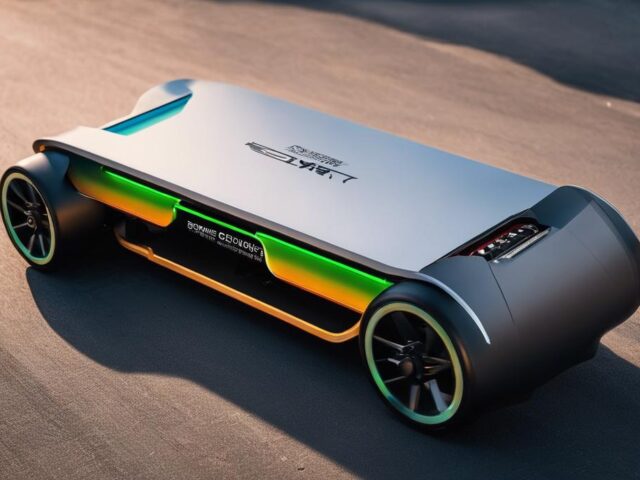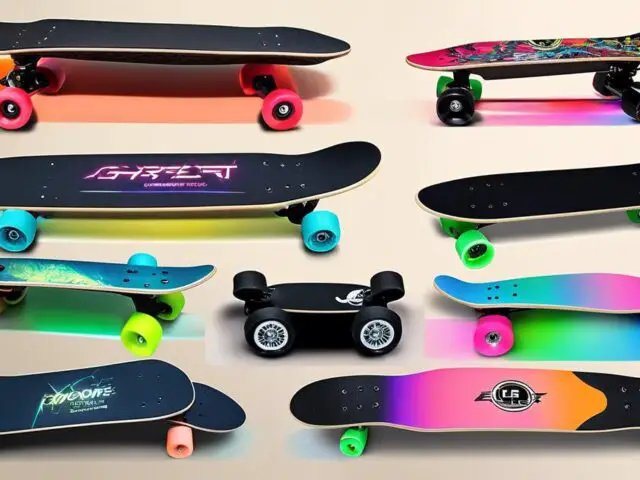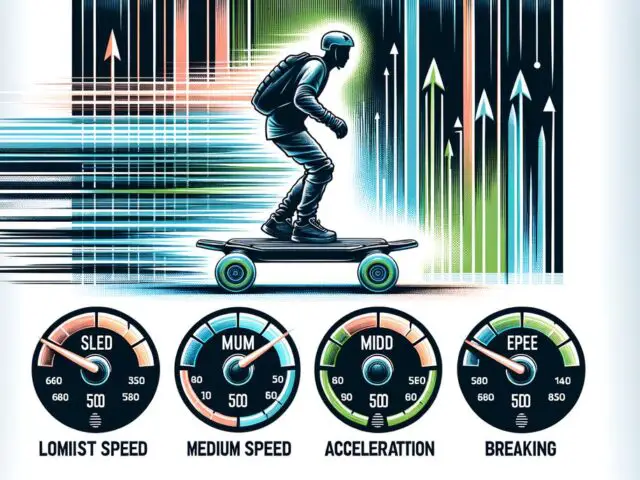Electric bikes, also known as e-bikes, have become increasingly popular over the years due to their convenience and eco-friendliness. One of the key components of an e-bike is its motor, which provides power and assistance to the rider while pedaling. However, not all e-bike motors are created equal. In fact, there are several different types of e-bike motors available on the market, each with its own unique features and benefits. Let’s take a look at the different types of e-bike motors and how they function, so you can make an informed decision when choosing the right e-bike for your needs.
The Fundamentals of E-Bike Motors
E-bike motors are responsible for converting electrical energy into mechanical energy, which is used to power the wheels of the e-bike. There are two main types of e-bike motors:
- Hub motors: Hub motors are located in the wheel hub of the e-bike. They are typically less expensive and easier to maintain than mid-drive motors, but they are not as powerful or efficient.
- Mid-drive motors: Mid-drive motors are located in the bottom bracket of the e-bike. They are typically more powerful and efficient than hub motors, but they are also more expensive and require more maintenance.
There are several important aspects to understand about the fundamentals of e-bike motors. First, e-bike motors are typically powered by batteries, which can be charged using a standard electrical outlet. The motor then uses this stored energy to assist the rider. The level of assistance can often be adjusted, allowing riders to choose how much power they want from the motor.
E-bike motors are rated by their power output, which is measured in watts. The higher the power output, the more powerful the motor. Most e-bike motors have a power output of between 250W and 1,000W.
E-bike motors also have a torque rating, which is measured in Newton-meters (Nm). Torque is a measure of the twisting force that a motor can produce. The higher the torque rating, the more torque the motor can produce.
Another fundamental aspect of e-bike motors is their ability to detect the rider’s pedaling cadence and provide assistance accordingly. This feature, known as pedal assist, ensures that the motor is only active when the rider is pedaling, resulting in a more natural riding experience.
The torque rating of an e-bike motor is important for hill climbing. A motor with a higher torque rating will be able to climb hills more easily than a motor with a lower torque rating. E-bike motors are designed to provide power and assistance to the rider while pedaling, making it easier to navigate various terrains and cover longer distances.
Types of E-Bike Motors
In addition to hub motors and mid-drive motors, there are a few other types of e-bike motors:
- Pedal-assist motors: Pedal-assist motors only provide power when the rider is pedaling. They are a good option for riders who want a natural riding experience.
- Throttle-controlled motors: Throttle-controlled motors provide power when the rider is pedaling or not pedaling. They are a good option for riders who want more power.
- Dual-motors: Dual-motors combine two hub motors, one in the rear and one in the front. They offer the best of both worlds, providing both power and efficiency.
Understanding these fundamental aspects of e-bike motors is crucial in making an informed decision when purchasing an e-bike. By understanding how e-bike motors function and what features to look for, riders can choose the motor type that best suits their needs and preferences.
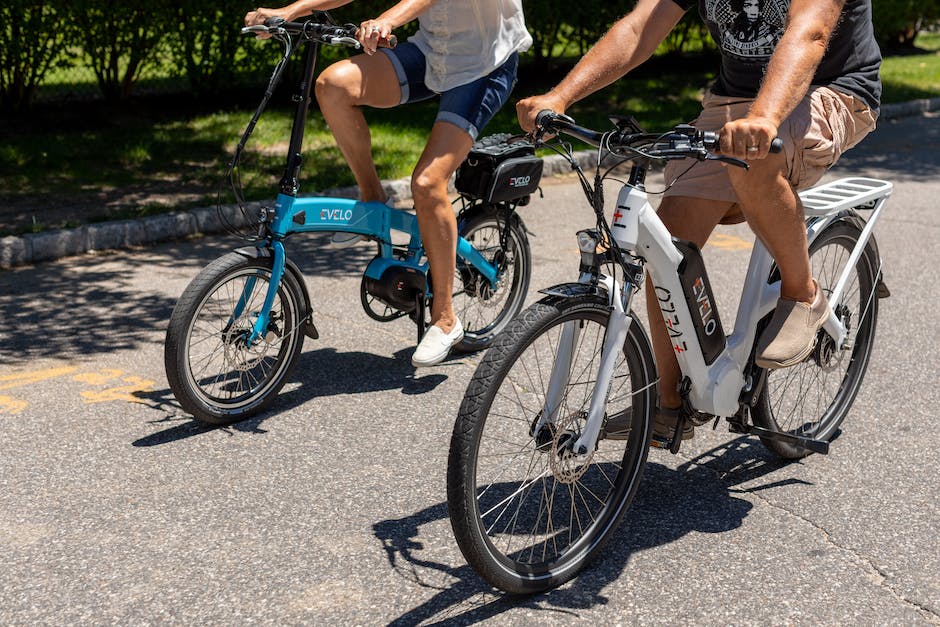
E-Bike Motors: A Breakdown of Each Type
Now that we have a basic understanding of the fundamentals of e-bike motors, let’s delve into the different types available on the market. Each type has its own unique features and benefits, so it’s important to understand what sets them apart.
One of the most popular types of e-bike motors is the hub motor. Hub motors are located within the wheel hub, either in the front or rear wheel. They provide direct power to the wheel, making them simple and efficient. Hub motors are known for their ease of use and low maintenance requirements. They are also typically quieter and more discreet than other motor types.
Another type of e-bike motor is the mid-drive motor. Unlike hub motors, mid-drive motors are positioned in the middle of the bike frame, near the pedals. This central placement provides a more balanced weight distribution, resulting in improved handling and stability. Mid-drive motors also allow for better hill climbing capabilities and a more natural pedaling experience. They are ideal for riders who frequently encounter steep inclines or uneven terrain.
Finally, gearless motors are another type of e-bike motor that offers unique benefits. As the name suggests, gearless motors do not have gears, which means they have fewer moving parts and are less prone to wear and tear. Gearless motors are also known for their high torque capabilities, making them a great option for riders who require a lot of power, such as those who frequently carry heavy loads.
Hub Motor
- Located in the wheel hub of the e-bike
- Typically less expensive and easier to maintain than mid-drive motors
- Not as powerful or efficient as mid-drive motors
- Good for riders who want a lightweight and affordable e-bike
- Not as good for hill climbing as mid-drive motors
Mid-Drive Motor
- Located in the bottom bracket of the e-bike
- Typically more powerful and efficient than hub motors
- More expensive and require more maintenance than hub motors
- Good for riders who want a powerful and efficient e-bike
- Good for hill climbing
- Can affect the natural pedaling feel of an e-bike
Dual-Motor
- Combines two hub motors (Front and Rear)(1)
- Offers the best of both worlds, providing both power and efficiency
- More expensive than singular hub motors or mid-drive motors
- Require more maintenance than singular hub motors or mid-drive motors
- Good for riders who want the most powerful and efficient e-bike possible
Comparison of E-Bike Motor Types
| Feature | Hub Motor | Mid-Drive Motor | Dual-Drive Motor |
|---|---|---|---|
| Power | Moderate | High | Very High |
| Efficiency | Moderate | High | Very High |
| Cost | Low | Moderate | High |
| Maintenance | Low | Moderate | High |
| Weight | Light | Moderate | Heavy |
| Hill Climbing | Poor | Good | Excellent |
| Natural Pedaling Feel | Good | Moderate | Poor |
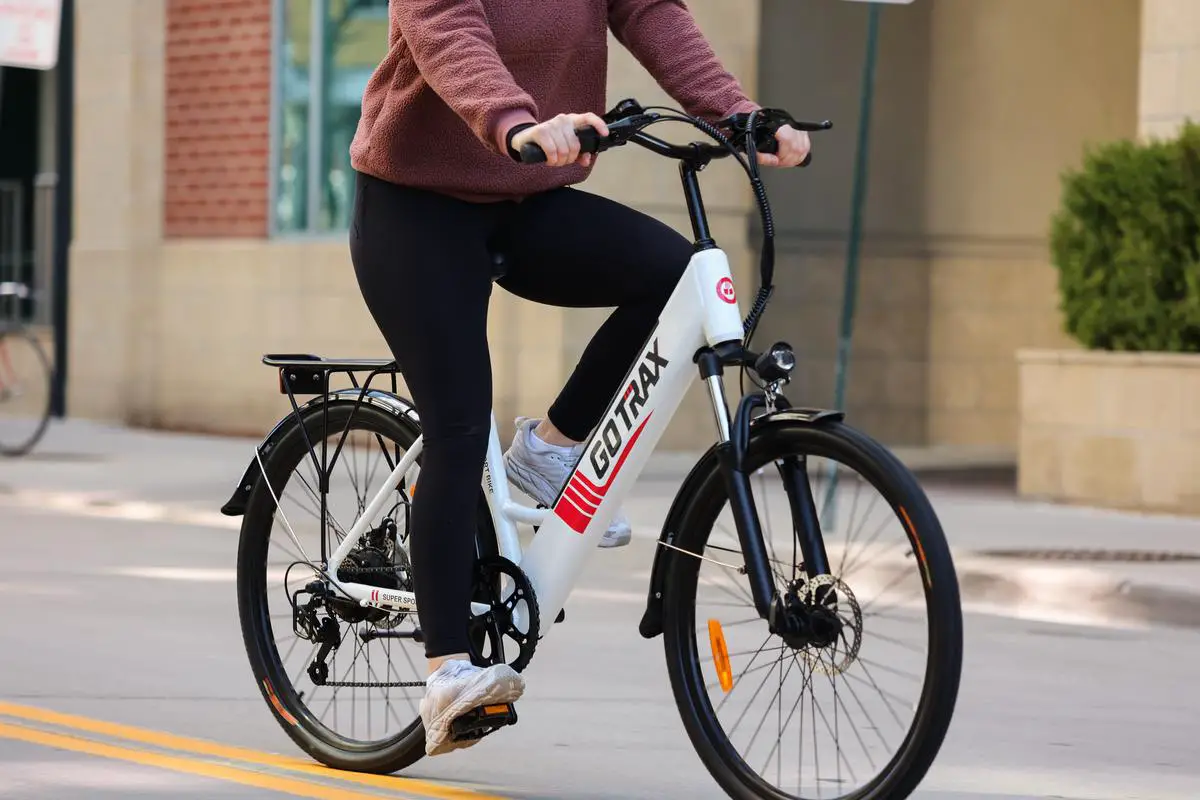
A Detailed Look at Hub Motors
Hub motors are a popular type of e-bike motor that are known for their simplicity and efficiency. These motors are located within the wheel hub, either in the front or rear wheel, and provide direct power to the wheel. This design eliminates the need for additional gears or chains, making hub motors low maintenance and easy to use.
One of the key advantages of hub motors is their quiet operation. Unlike other motor types, hub motors produce minimal noise, allowing riders to enjoy a peaceful and smooth riding experience. Additionally, hub motors are discreet and blend seamlessly with the overall look of the e-bike.
Another benefit of hub motors is their reliability. With fewer moving parts, hub motors are less prone to wear and tear, resulting in a longer lifespan. They also require minimal maintenance, making them a convenient option for riders who prefer hassle-free ownership.
Hub motors are suitable for various riding conditions and terrains. They provide consistent power and assistance, making them ideal for leisurely rides, commuting, or even tackling moderate inclines. However, it’s worth noting that hub motors may not be the best choice for steep hills or off-road trails, as they may lack the torque and climbing capabilities of other motor types.
In summary, hub motors offer simplicity, efficiency, and reliability. Their low maintenance requirements, quiet operation, and seamless integration with the e-bike make them a popular choice among riders. Whether you’re a casual rider or a daily commuter, a hub motor can provide the power and assistance you need for an enjoyable e-bike experience.
Gearless Hub Motors VS Geared Hub Motors
Gearless Hub Motors
- Also known as direct drive motors
- Simpler and more durable than geared hub motors
- More efficient at high speeds
- Produce less noise
- Can be heavier than geared hub motors
- Not as good for hill climbing as geared hub motors
Geared Hub Motors
- Use gears to reduce the speed of the motor
- More powerful than gearless hub motors
- Better for hill climbing
- Less efficient at high speeds
- Produce more noise
- Lighter than gearless hub motors
Comparison of Gearless and Geared Hub Motors
| Feature | Gearless Hub Motor | Geared Hub Motor |
|---|---|---|
| Power | Moderate | High |
| Efficiency | High at high speeds | Moderate |
| Noise | Low | Moderate |
| Weight | Heavy | Light |
| Hill Climbing | Poor | Good |
| Durability | High | Moderate |
| Cost | Low | Moderate |
Choosing a Hub Motor
The best type of hub motor for you will depend on your needs and budget. If you are looking for a durable and efficient e-bike, a gearless hub motor is a good option. If you are looking for a powerful e-bike that is good for hill climbing, a geared hub motor is a good option.
Additional Considerations
- Torque: Torque is a measure of the twisting force that a motor can produce. The higher the torque rating, the more torque the motor can produce. Torque is important for hill climbing.
- Voltage: The voltage of a motor determines how much power it can draw from the battery. The higher the voltage, the more power the motor can draw.
- Controller: The controller is responsible for regulating the power output of the motor. The controller must be compatible with the motor.
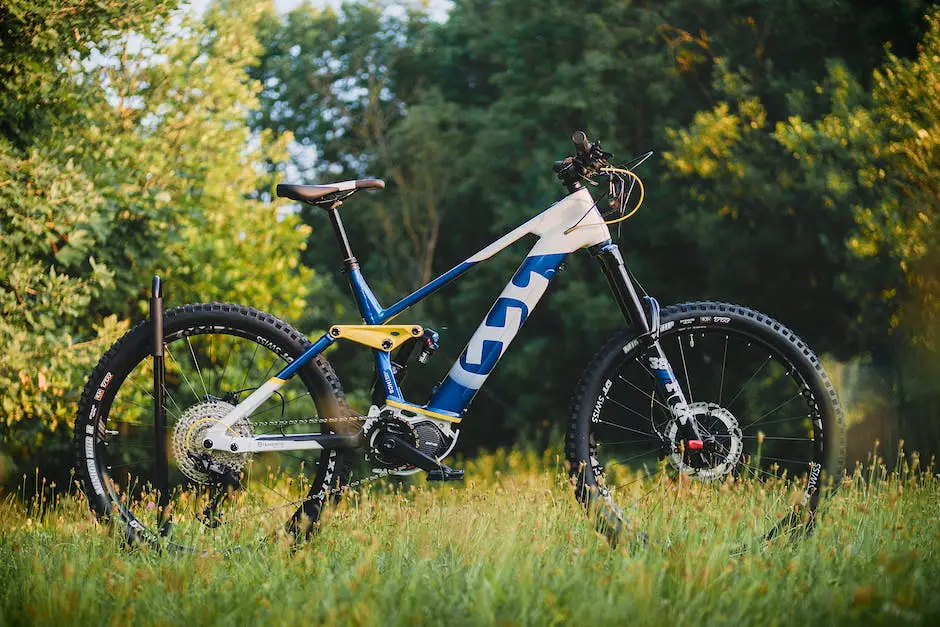
Understanding Mid-drive Motors
Mid-drive motors are a unique type of e-bike motor that is positioned in the middle of the bike frame, near the pedals. This central placement offers several advantages and contributes to an overall enhanced riding experience.
One of the key benefits of mid-drive motors is their improved handling and stability. By having the motor situated in the center of the bike, the weight distribution is more balanced, resulting in better control and maneuverability. This makes mid-drive motors an excellent choice for riders who frequently encounter steep inclines or uneven terrain.
Another advantage of mid-drive motors is their ability to provide a more natural pedaling experience. Because the motor is positioned near the pedals, it can effectively leverage the rider’s existing gears and drivetrain. This means that the motor’s power can be seamlessly integrated with the rider’s pedaling effort, resulting in a smoother and more efficient ride.
Mid-drive motors are particularly well-suited for riders who require higher levels of torque and power. This makes them an ideal choice for those who often carry heavy loads or need extra assistance for tackling challenging terrains.
Mid-drive motors offer improved handling, a more natural pedaling experience, and increased torque capabilities. If you’re a rider who frequently encounters hilly or uneven terrain, or if you need additional power for carrying heavy loads, a mid-drive motor is an excellent option to consider for your e-bike.
Comparing Performance and Efficiency Between Different Motor Types
When comparing the performance and efficiency of different e-bike motor types, several factors come into play. One of the key considerations is power output. Hub motors typically have lower power ratings compared to mid-drive and gearless motors. This means they may not provide the same level of acceleration and torque as their counterparts. Mid-drive motors excel in providing high torque, making them ideal for riders who frequently encounter hilly or uneven terrain. On the other hand, gearless motors offer the highest torque capabilities, making them a top choice for riders who need extra power, such as those carrying heavy loads or tackling challenging terrains.
Efficiency is another important aspect to consider. Hub motors are generally more efficient at lower speeds, making them well-suited for urban commuting and leisurely rides. Mid-drive motors, with their ability to leverage the rider’s existing gears, provide efficient power transfer, resulting in improved battery range. Gearless motors, while powerful, may be less efficient due to their lack of gears.
It’s also essential to consider the weight distribution of the motor. Hub motors can add weight to the wheels, affecting handling and maneuverability. Mid-drive motors, being centrally located, contribute to a balanced weight distribution, enhancing stability and control. Gearless motors, despite their power, may add weight to the bike.
Ultimately, the best e-bike motor type for you depends on your specific needs and preferences. Consider factors such as terrain, load capacity, desired power, and riding style when making your decision. By understanding the performance and efficiency differences between e-bike motor types, you can choose the one that will enhance your riding experience to the fullest.
Helpful Links
For all your RC Questions, Click HERE
If you are interested in RC cars and trucks, RC World has you covered.
For RC boats and watercraft, check these articles out.
For all your RC Airborne endeavors, we have everything you need.
Mastering E-Bike Collision Avoidance Tech
As we careen into an era where technology sits at the forefront of almost all aspects of our lives, not least in the realm of personal transportation, e-bikes…
Unleash Your Inner Explorer: Top Tips for an Unforgettable E-Bike Tour
Are you ready to embark on an adventure like no other? Look no further than an e-bike tour! With the power of an electric bike, you can conquer…
Extend Skateboard Remote Battery Life
Have you ever noticed how the performance of your electric skateboard remote can vary, leaving you puzzled about its inconsistency? This guide is designed to unravel the mystery…
5 Key Benefits of E-Bike Commuting Over Traditional Biking
There’s an electrifying new shift in the world of commuting and it comes in the form of e-bikes. More and more Americans from all walks of life are…
Brushed or Brushless RC Cars [ Key Performance Impacts ]
Brushless and brushed are the two types of motors you would see in an RC car. Many people new to RC vehicles are often confused about their differences…
Solving Electric Skateboard Power Loss
Being on top of your electric skateboard’s maintenance is just like nailing a perfect kickflip – it takes a little practice and a lot of attention to detail….
Weighing High Battery Capacity in Electric Skateboards
When it comes to the exciting world of electric skateboarding, the capacity of a board’s battery plays a pivotal role in shaping the overall experience. Riding an electric…
Upgrade Your Skateboard: Electric Customization Features
From surfers and skaters seeking the thrill of riding the waves and streets, to eco-conscious commuters searching for a sustainable mode of transportation, electric skateboards have become a…
Maximizing Safety with Electric Skateboard Speed Modes
Electric skateboards are revolutionizing the way we move and offering a blend of excitement and convenience in personal transport. With various speed modes at the heart of their…

